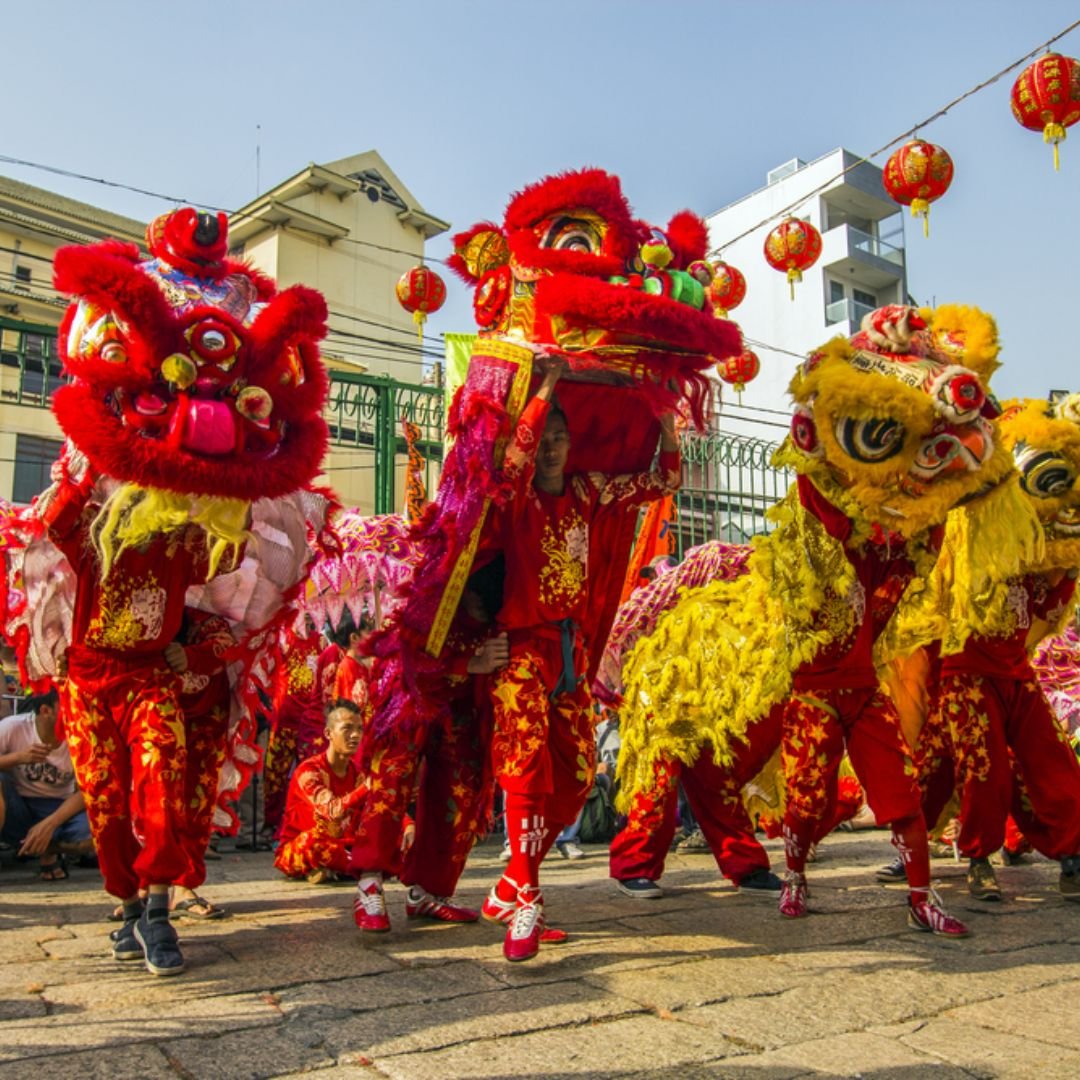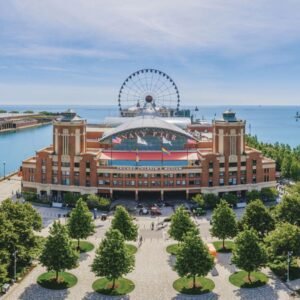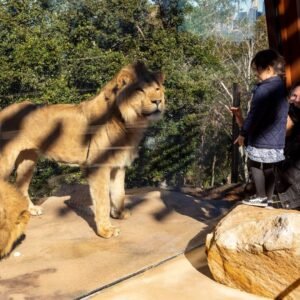By Fathima Rukaiya,
Festivals are more than just celebrations, they bring people together through music, dance, food, rituals, and vibrant displays of creativity. Around the world, countless festivals attract millions of visitors each year.
If you’re looking to immerse yourself in global culture, here are some of the most iconic festivals you must experience.
1. Rio Carnival (Brazil)
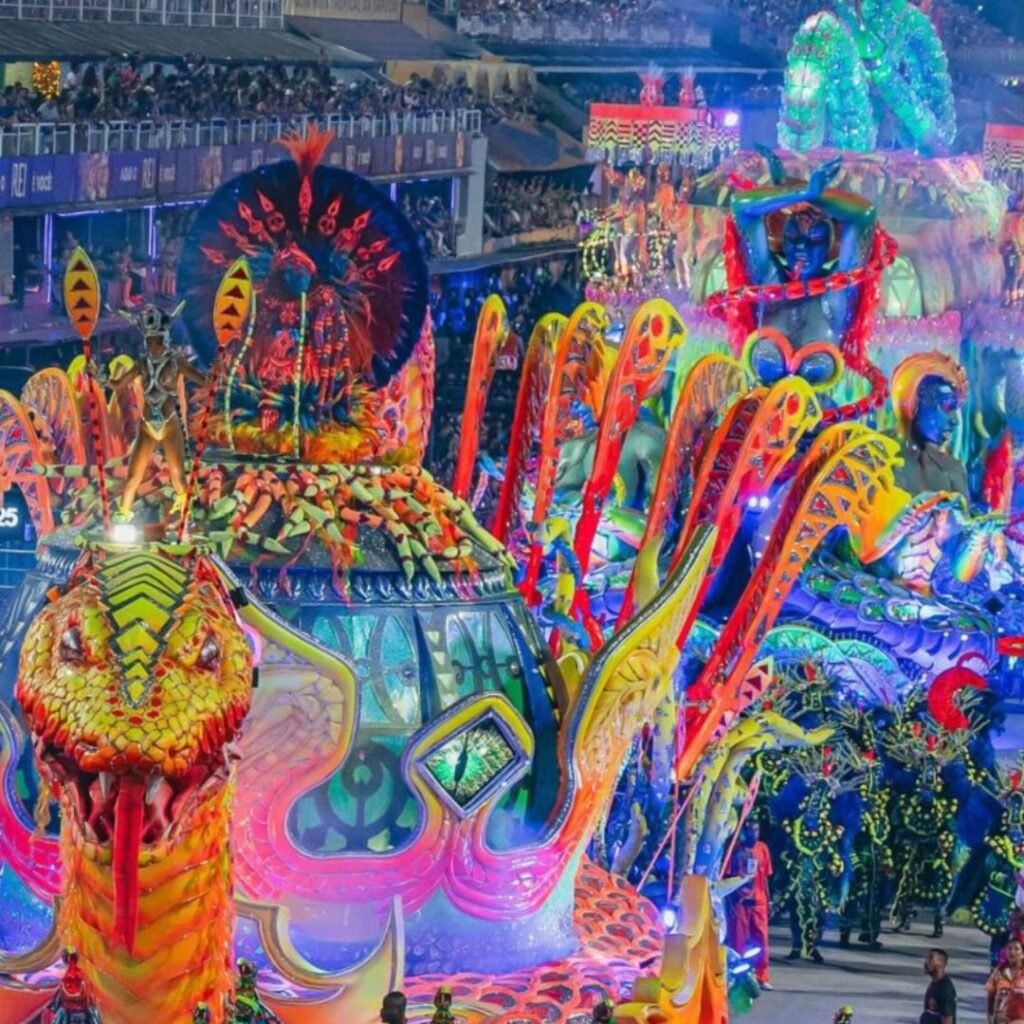
When: Every year, right before Lent, in February or early March.
Where: Rio de Janeiro, Brazil.
Traditions:
Known as the world’s biggest carnival, Rio Carnival is an explosion of samba music, street parades, and extravagant costumes.
The Sambadrome parade is the main event, where samba schools compete with eye catching floats, well-choreographed acts, and colorful themes.
The city is also crowded with residents and visitors dancing, singing, and rejoicing together during street parties (blocos).
This once in a lifetime festival, which turns the entire city into a stage, is the pinnacle of music, dancing, and culture.
2. Holi (India & Nepal)
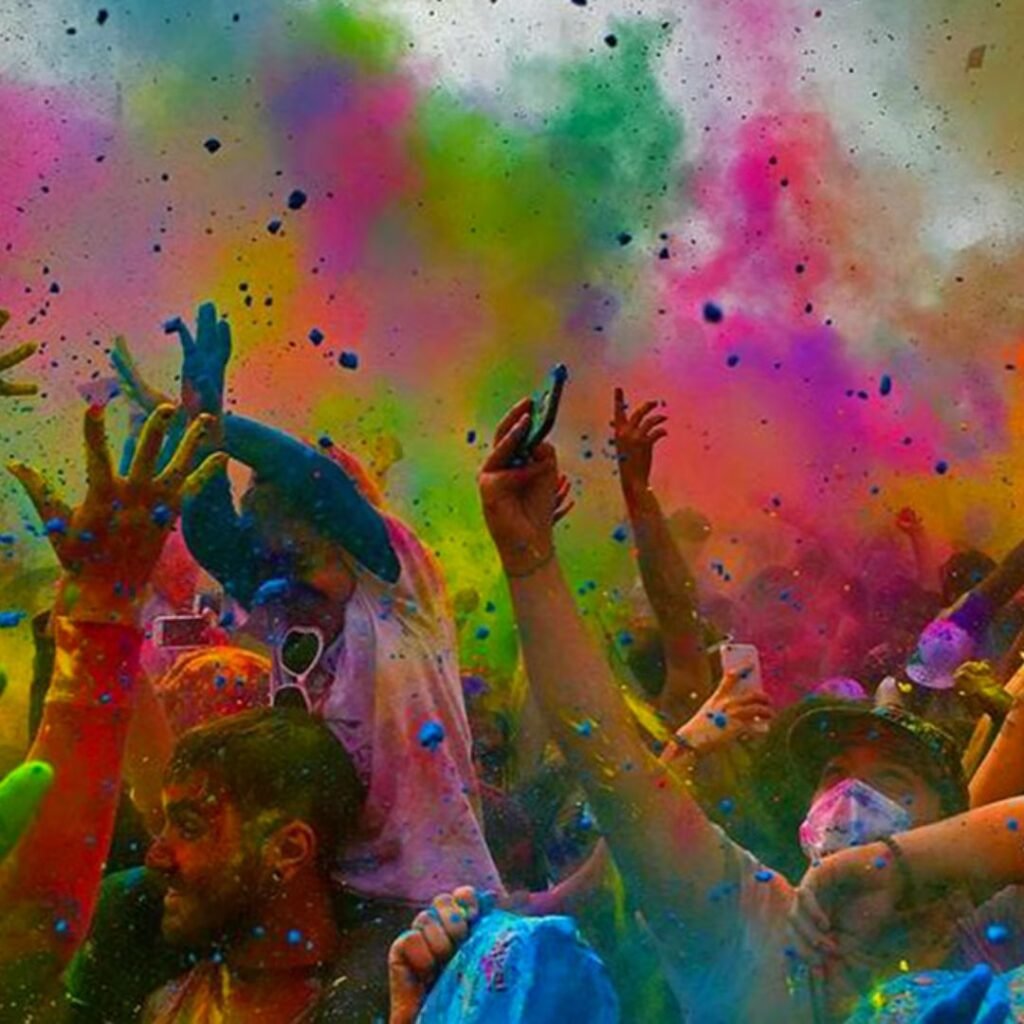
When: Usually in March, though dates can change depending on the Hindu month of Phalguna’s full moon.
Where: All around India and Nepal, but the most well-known locations are Mathura and Vrindavan.
Traditions:
Known as the Festival of Colors, Holi marks the arrival of spring and the victory of good over evil.
People throw colored powders and water at each other, dance to traditional and modern music, and share festive sweets like gujiya and drinks like thandai.
Bonfires are lit the night before to symbolize the burning away of negativity.
3. Oktoberfest (Germany)
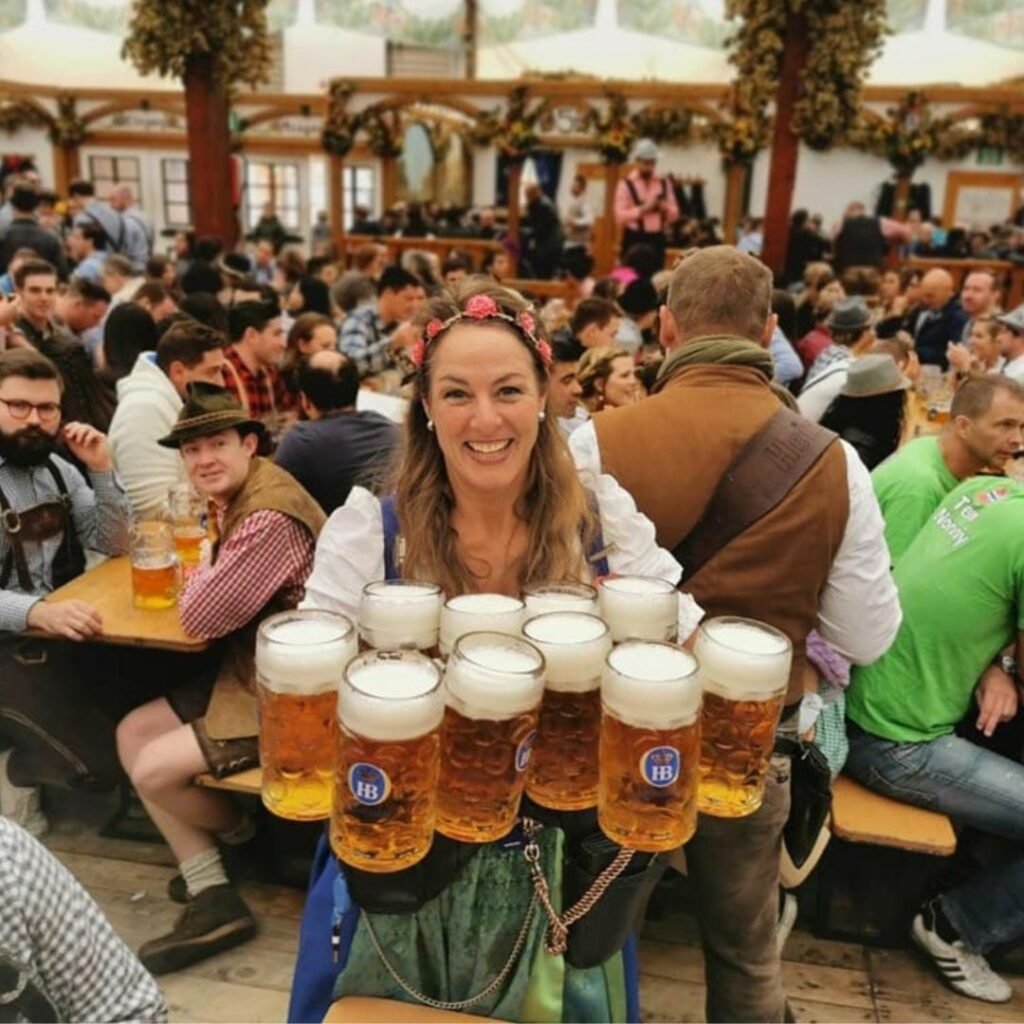
When: Starts in late September and runs until the first Sunday in October.
Where: Munich, Germany.
Traditions:
The world’s largest beer festival, Oktoberfest, began in 1810 as a royal wedding celebration.
Tourists gather in spacious beer tents to take part in live folk music, traditional fare including roast chicken, sausages, and pretzels, and Bavarian beer served in enormous mugs.
Many wear traditional clothing: lederhosen for men and dirndls for women.
It’s a cultural celebration of Bavarian traditions, food, and camaraderie, drawing millions from across the globe.
4. Diwali (India & Beyond)
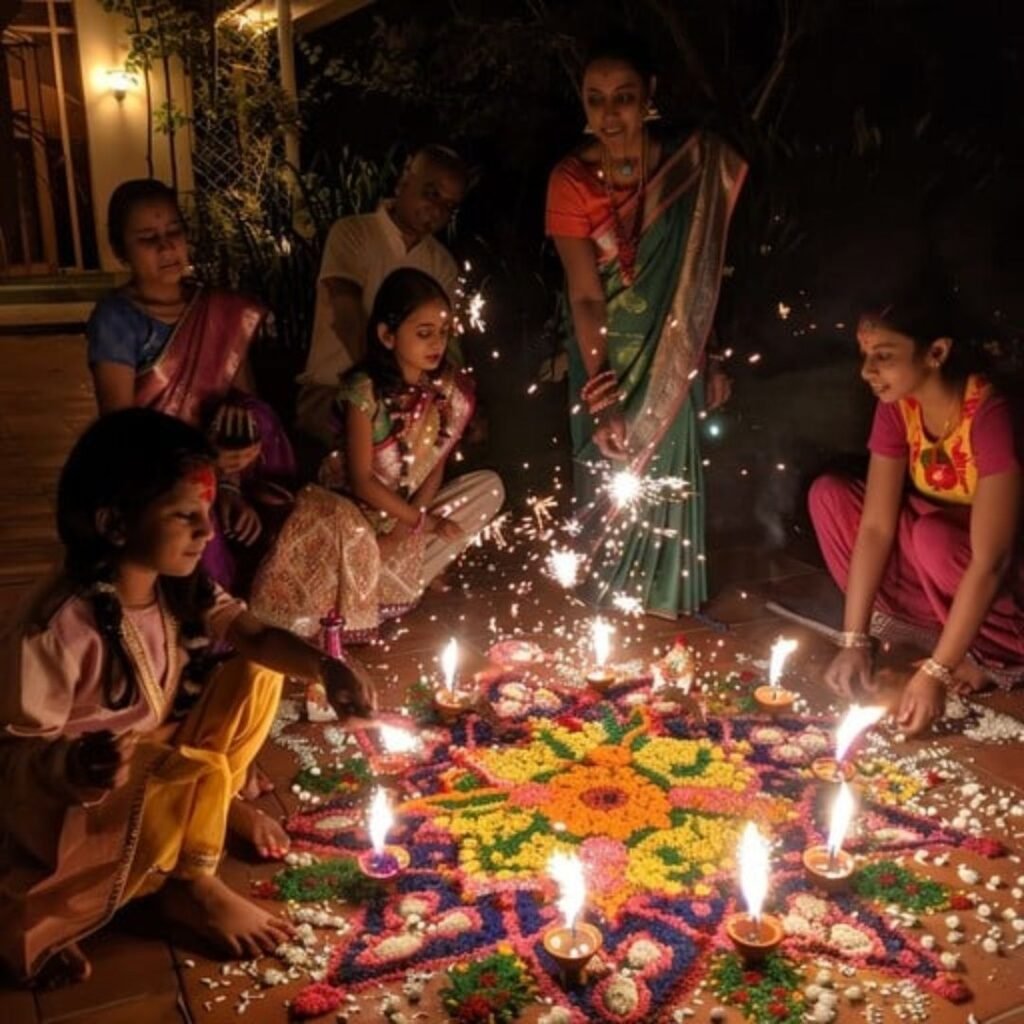
When: Depending on the Hindu lunar calendar, either October or November.
Where: India, Nepal, and countries with large Hindu communities.
Traditions:
Known as the Festival of Lights, Diwali symbolizes the triumph of light over darkness and good over evil.
Families decorate homes with oil lamps (diyas), rangoli designs, and electric lights.
Fireworks fill the skies, sweets are exchanged, and prayers are offered to Goddess Lakshmi for prosperity.
5. La Tomatina (Spain)
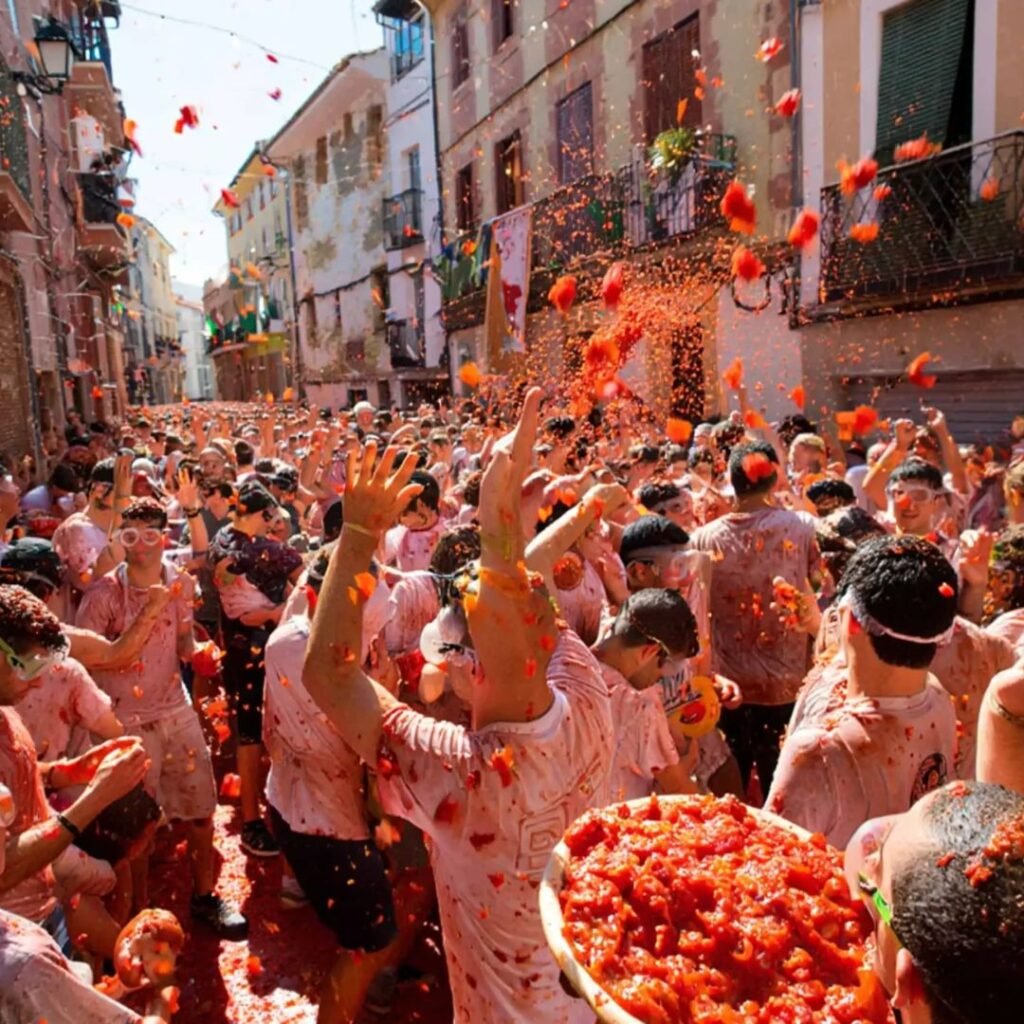
When: Last Wednesday of August.
Where: Bunol, near Valencia, Spain.
Traditions:
A massive tomato fight that sees thousands of people pelting each other with overripe tomatoes.
The festival starts with climbing a greased pole to grab a ham, after which trucks unload tons of tomatoes.
After the food fight, fire trucks hose down the streets and participants clean off in fountains or with water hoses.
6. Chinese New Year (China & Worldwide)
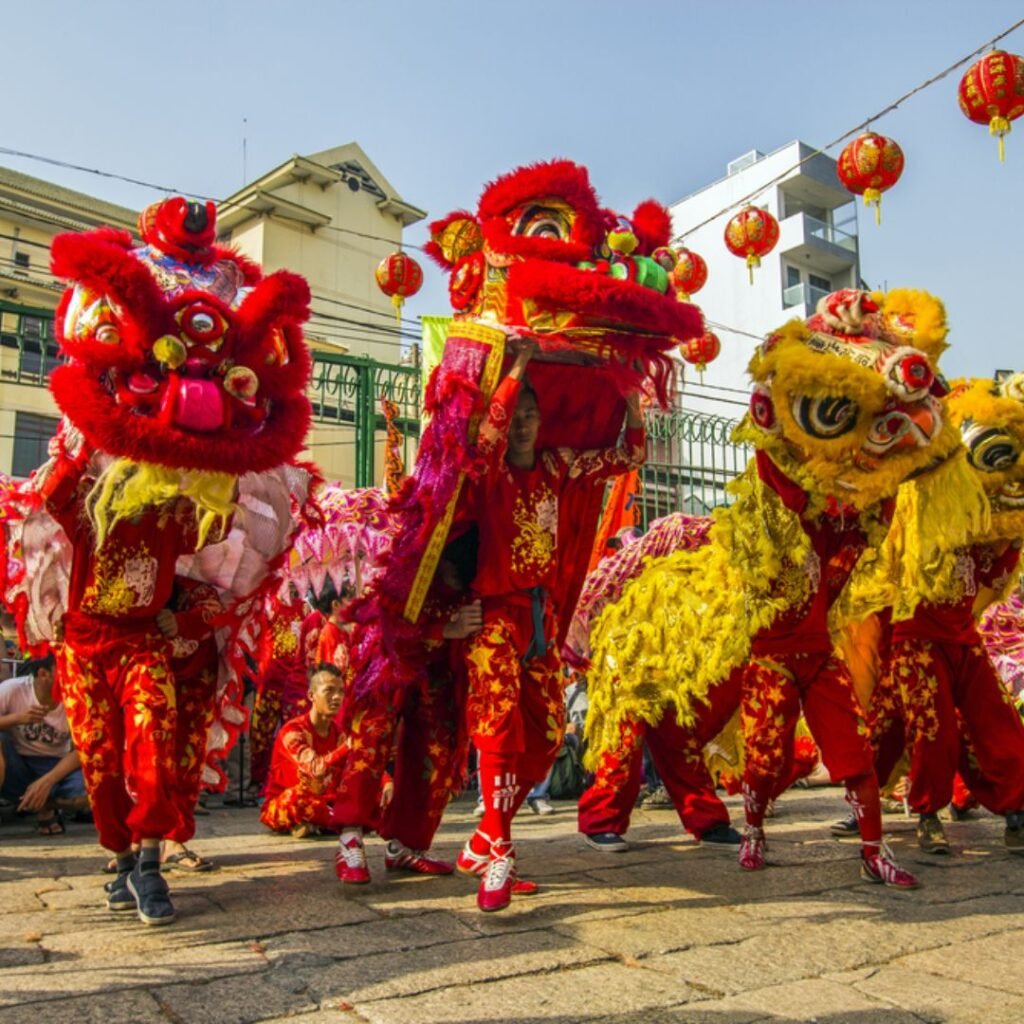
When: According to the lunar calendar, from late January until mid-February.
Where: Chinatowns around the world, Singapore, Malaysia, and China.
Traditions:
Celebrations last for 15 days to mark the beginning of the lunar new year.
Families get together for reunion feasts, decorate with red lanterns, and clean their homes to ward off evil luck.
Highlights include the distribution of red envelopes (hongbao) containing cash, dragon and lion dances, and fireworks.
Each year is tied to one of the twelve zodiac animals.
7. Songkran (Thailand)
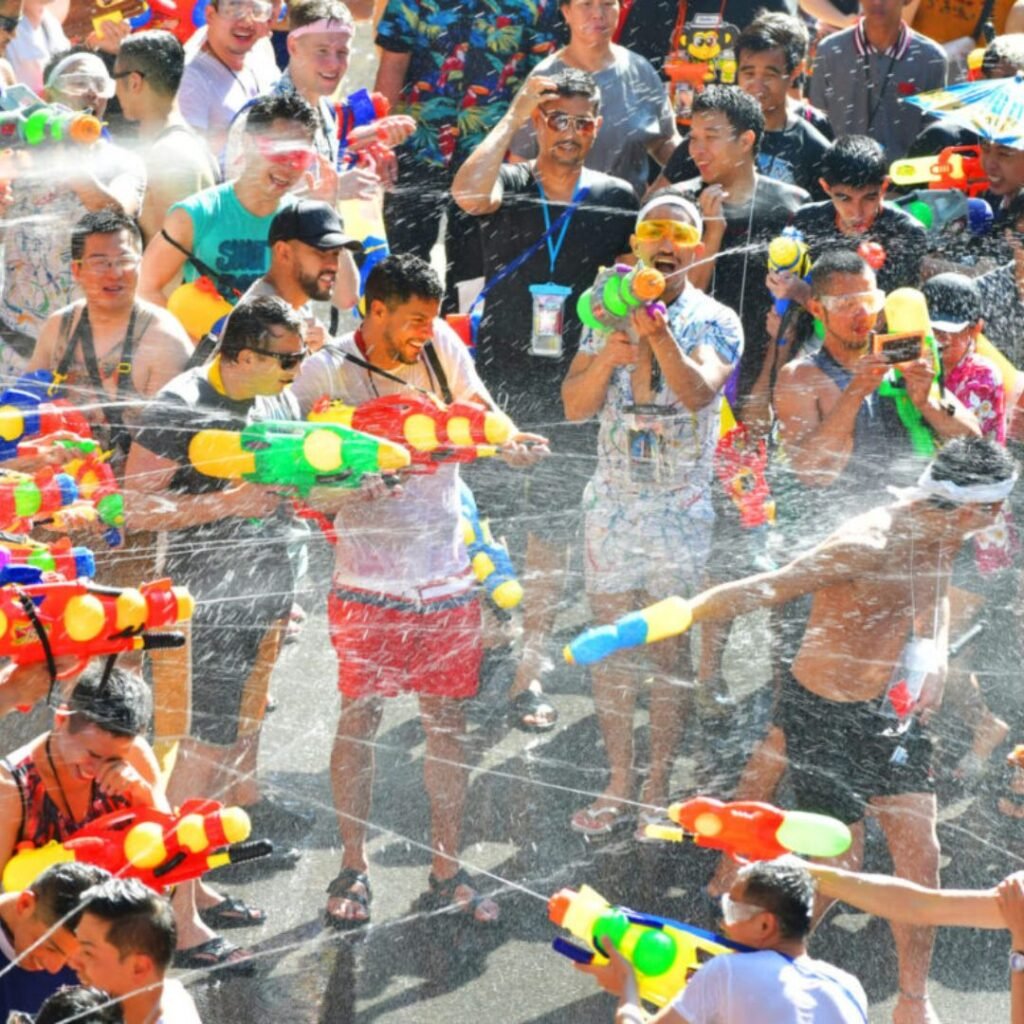
When: April 13 – 15.
Where: Thailand, with major celebrations in Bangkok and Chiang Mai.
Traditions:
Songkran, known as the Thai New Year, is well-known for its water fights around the country.
Using buckets, hoses, or water pistols, residents splatter each other with water, which is a symbol of purification and rebirth.
Sand pagodas are constructed, and temples are visited to earn virtue.
8. Mardi Gras (USA)
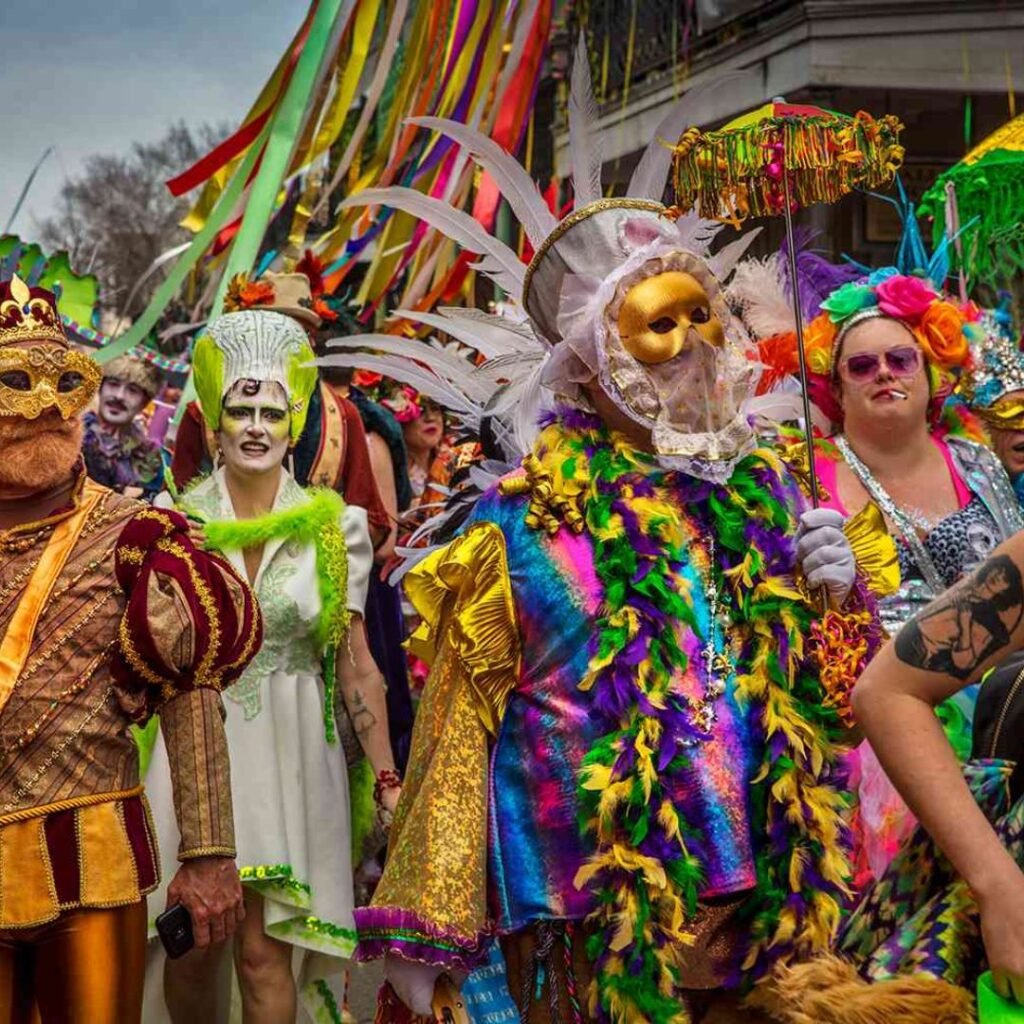
When: February or early March (the day before Ash Wednesday).
Where: New Orleans, Louisiana, USA.
Traditions:
Mardi Gras means “Fat Tuesday” and is celebrated with parades, masquerade balls, and jazz music.
Floats throw beads, trinkets, and coins to spectators.
Traditional foods include king cake, gumbo, and jambalaya.
It’s one of America’s most famous festivals, a mix of French, African, and Caribbean influences that create a unique cultural explosion.
9. Harbin Ice and Snow Festival (China)
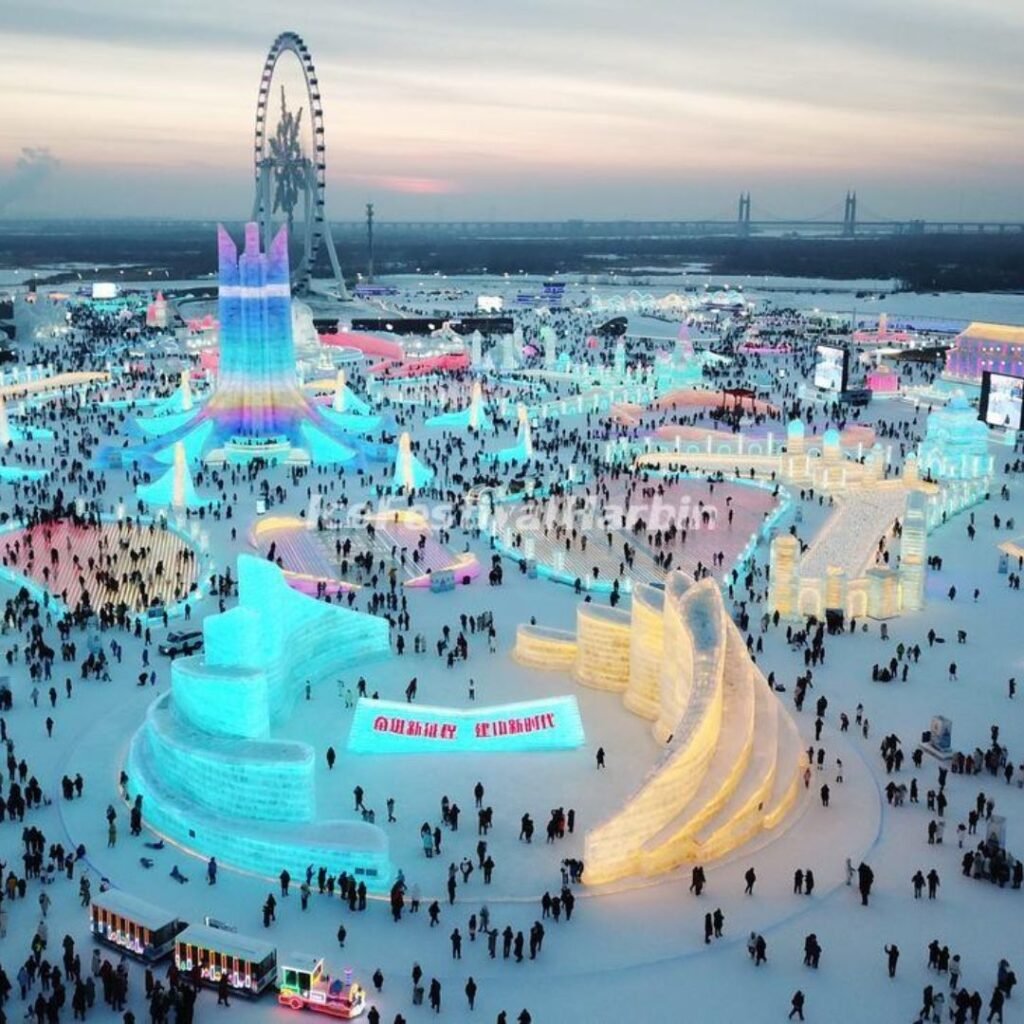
When: January to February.
Where: Harbin, Heilongjiang Province, China.
Traditions:
The biggest ice and snow festival in the world, with sculptures, lit ice palaces, and tall ice castles.
Activities include ice skating, snow sculptures, and winter sports.
Artists from around the world compete to create breathtaking frozen art.
It’s a magical winter wonderland, combining artistry with cultural displays.
From dancing in Rio’s streets to lighting lamps at Diwali or joining a water fight during Songkran, each celebration tells a story of tradition, unity, and joy. Experiencing these festivals firsthand is one of the best ways to connect with cultures around the globe.

